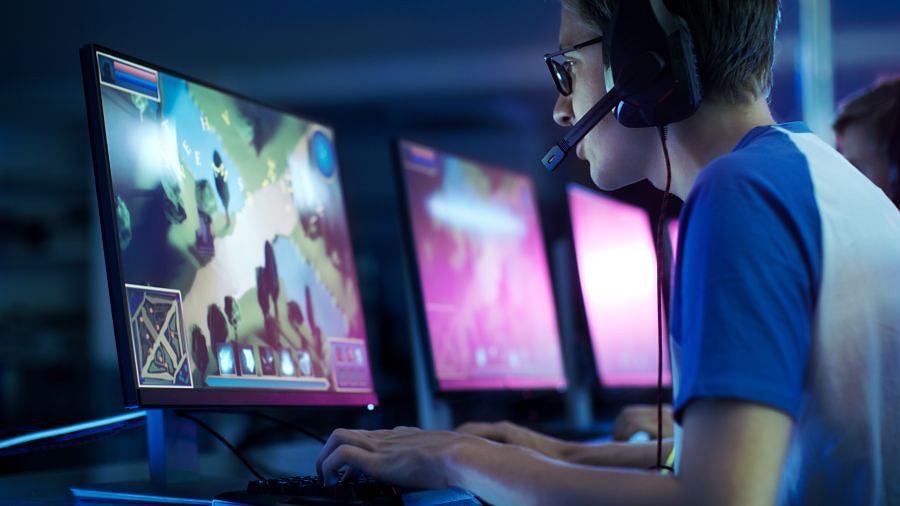
Gaming is a big industry today and its popularity is increasing all over the world. Manufacturers are putting in the extra hours to make computer hardware more powerful and look attractive too with creative LED lighting to give a good gaming experience.
The Covid-19 pandemic has forced people all over the world to stay indoors. This has had an impact on the use of electronics. “Time spent with PCs, laptops, and smartphones indoors has increased significantly, leading to an upsurge in gaming across PCs, notebooks, consoles and smartphones. With the thrilling experiences that gaming offers, even casual gamers are spending more time playing,” Terry Makedon, Senior Director of AMD Software Strategy, told DH in an email interview.
“It is one of the best avenues that brings in great levels of user engagement, competition and allows gamers to socially interact with others virtually,” he added.
There is no doubting the fact that Indians love technology and are into gaming in a big way these days. “The gaming industry in India is witnessing exponential growth, with wider access to affordable and faster internet, increasingly affordable PCs, laptops and smart devices. With the rise in professional gaming through e-sports tournaments, gaming is also being accepted as a lucrative career option,” he said.
With the popularity of gaming increasing, the demand for hardware naturally rises. “Millennials and Gen Zs, who are the largest gaming cohorts, keep seeking new ways to enhance their experiences and need powerful solutions for the same. PC gaming with DIY gaming rigs continue to be popular for serious gamers who seek a truly holistic experience. Consumers are also now opting for gaming laptops that are sleek in design and offer desktop-like performance for gaming, content creation and managing workloads too,” Makedon stated.
“All leading OEMs like HP, Dell, Lenovo, Acer, Asus and MSI have released powerful system configurations in the Indian market to cater to the gaming appetite across different price segments,” he added.
Not very long ago, gaming was more about having good hardware. It is different now. “Gaming is all about creating immersive and real experiences virtually with exceptional performance and seamless game play. With popular e-sports titles and the advent of VR games, the hardware and software performance of graphic cards play critical factors. Software is equally important as it complements the GPU in providing more power and flexibility to the end user.
“A holistic gaming experience removes aspects like lags, low FPS, intermittent playback, choppy gameplay, distorted audio or video quality etc. The role of software is to ensure that players enjoy a game with shorter loading times, a consistent framerate and dependable input responsiveness,” he explained.
AMD has also upped its game on the software side of things. Software technologies like FreeSync, Radeon Software Adrenalin, RDNA, Radeon Image Sharpening and Radeon Anti-Lag, AMD Link and others give an immersive experience, give better visual fidelity, reduce input lag, improving responsiveness and other aspects for a good gaming experience.
Thanks to the role of software in making the gaming experience better, it is definitely here to stay and AMD is working on that too. “Our engineering teams have taken two different routes to improve and drive the gaming experiences further. Internally, our engineers continually analyse how games behave and how we can improve the experience with better performance results or with better features. These usually roll out when we do Adrenalin updates. For example, we may make the game run five per cent faster or we may introduce image quality enhancements such as Radeon Image Sharpening, which makes the game look better,” he said.
“Externally too, our engineering team works with game developers, primarily before the game launches, to optimise their games to work best on Radeon. This would result in a high quality and visually appealing game with no bugs, or highest possible performance, or even introducing features like FidelityFX which provide image sharpness to restore lost details,” he further explained.